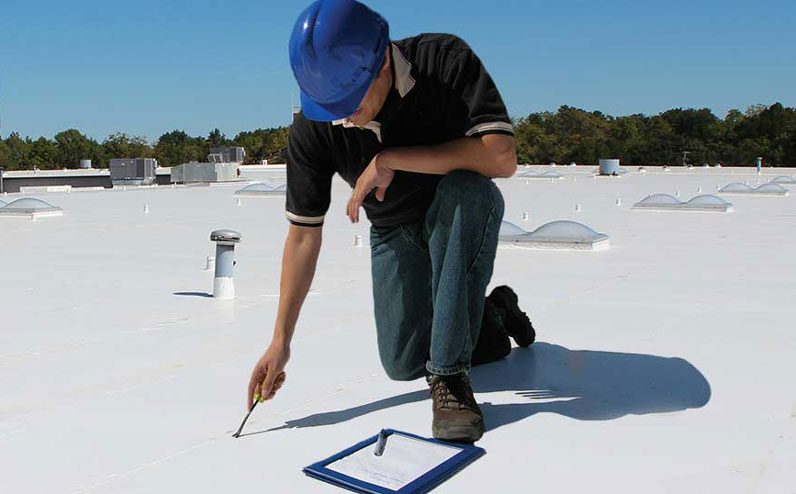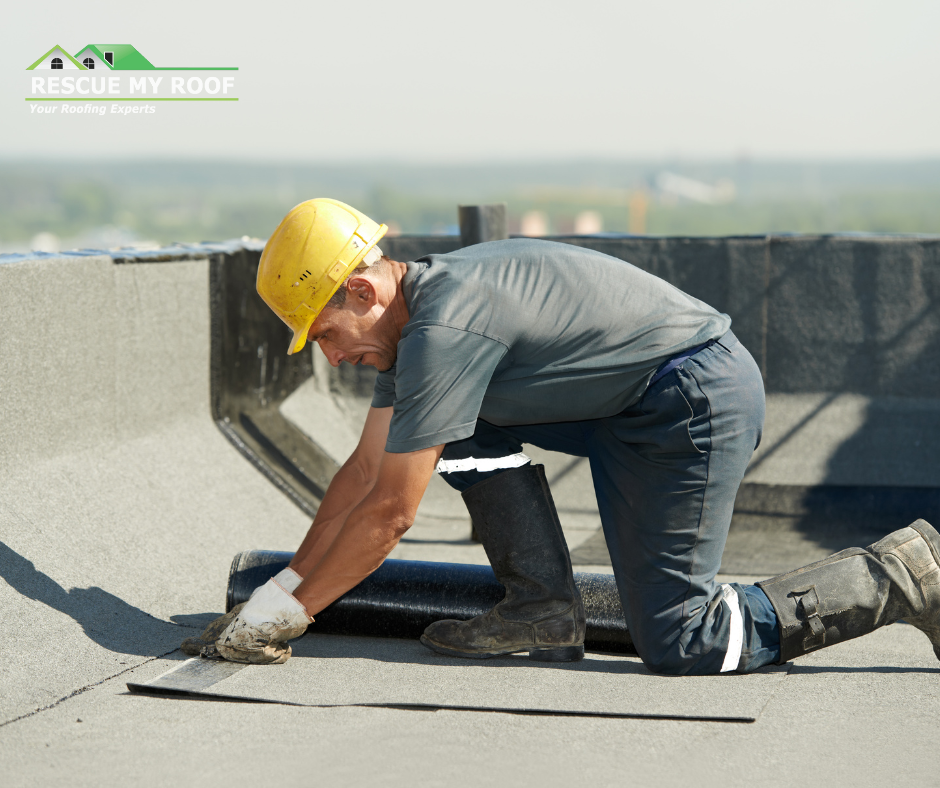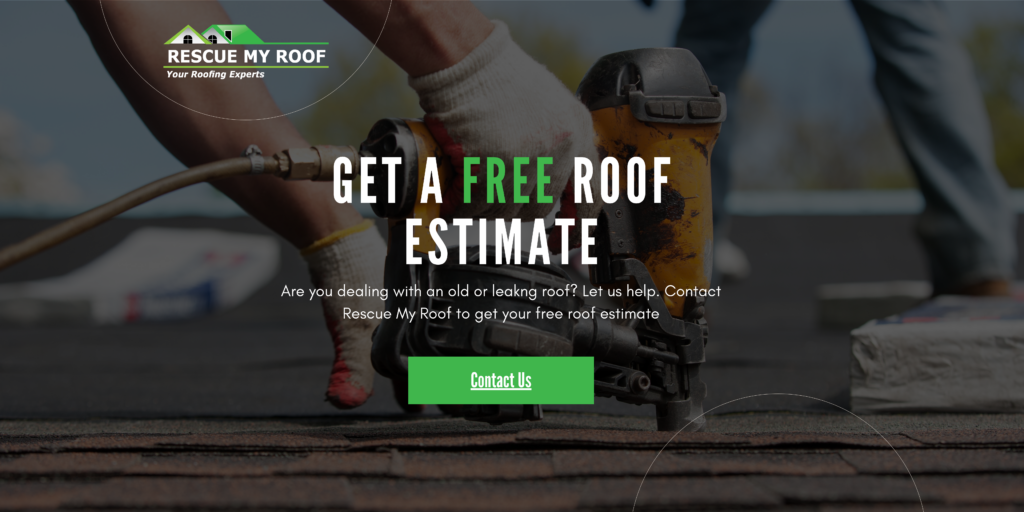How Professionals Repair Flat Roofs: The 7-Step Guide
Flat roofs are common in both commercial and residential buildings due to their cost-effectiveness and functionality. However, they are prone to specific issues such as water pooling and leaks.
If you’re dealing with an old or leaking flat roof, professional intervention is crucial to ensure durability and prevent further damage.
Rescue My Roof has been a leader in the roofing industry for over a decade, helping homeowners repair and replace their flat roofs throughout southeastern Wisconsin. We can help you out, too.
This article outlines the step-by-step process that roofing professionals follow to repair a flat roof. Ultimately, you’ll know what goes into repairing your flat roof and what to expect during the process.
The 7 Steps of Flat Roof Repairs
When a flat roof leaks, it’s not as simple as gluing down a patch and calling it a done deal. There are several steps in the flat roof repair process to ensure your roof is water-tight.
Here are the steps involved in the process:
1. Roof Inspection and Assessment

The first step in any flat roof repair process involves a thorough inspection. Roofing professionals look for signs of damage such as cracks, blisters, tears, and areas where water pools.
Roofers will also inspect the roof for structural issues and check internal parts of the building for water damage, mold, and other indicators that might suggest roof failure. This detailed inspection helps in determining the scope of the repair work needed.
If there is excessive damage to the roof, and a patch will no longer hold, your contractor may recommend a replacement. Communicate with your inspector to ensure that a repair is the right option.
2. Preparing the Roof

Before any repair work can begin, the roof must be prepared. This preparation includes cleaning the roof surface to remove debris, dust, and any elements that could hinder the adhesion of new materials. Roofers also ensure the roof is completely dry to avoid trapping moisture beneath the repair materials.
3. Addressing Ponding Water
Ponding water is a common issue with flat roofs, often leading to leaks and structural damage.
Roofing professionals may install additional drainage points, or slightly modify the slope of the roof using tapered insulation or built-up materials to improve water runoff and prevent future ponding.
4. Repairing the Damaged Areas

Once the roof is clean and dry, the actual repair work begins. The methods and materials used depend on the type of damage and the material of the flat roof. Common repairs include:
- Patching: Small holes and cracks can be patched using a suitable sealant or a piece of roofing membrane that is adhered over the damaged area.
- Reinforcing: For larger areas of damage, professionals might apply a new layer of roofing material over the old one, reinforcing the roof’s integrity and water resistance.
- Replacing: In cases where the damage is extensive, replacing sections of the roofing material might be necessary. This involves cutting out the damaged section and welding or adhering a new piece of roofing membrane in place.
5. Applying Coatings
Many roofing professionals recommend applying a protective coating over the repaired flat roof. Coatings like silicone or acrylic can extend the life of the roof by providing additional UV protection, water resistance, and flexibility. These coatings are particularly valuable in extending the lifespan of older roofs or those in harsh weather environments.
6. Final Inspection and Testing
After the repairs and any additional coatings are applied, the roofing professional conducts a final inspection to ensure all repairs are secure and no new issues have emerged during the repair process. This may include water testing to check for leaks.
7. Maintenance Recommendations
Post-repair, professionals usually provide maintenance tips to the property owner. Regular maintenance, such as cleaning and periodic inspections, can prevent future damage and extend the roof’s lifespan.
Repairing Your Flat Roof
Repairing a flat roof requires specialized skills and knowledge to ensure long-term solutions to common problems like leaks and water pooling. By following a meticulous, step-by-step process, roofing professionals can effectively repair and enhance the performance of flat roofs.
Homeowners and building managers should regularly inspect their roofs and consult with professionals at the first sign of trouble, ensuring that minor issues can be addressed before they become major problems.
Learn more about flat roofs with “EPDM vs. TPO Roofing: Which Is Better” and “5 Things You Must Know About Flat Roofs.”
Are you looking for a flat roof contractor in southeastern Wisconsin? Contact Rescue My Roof today to get a free estimate.


